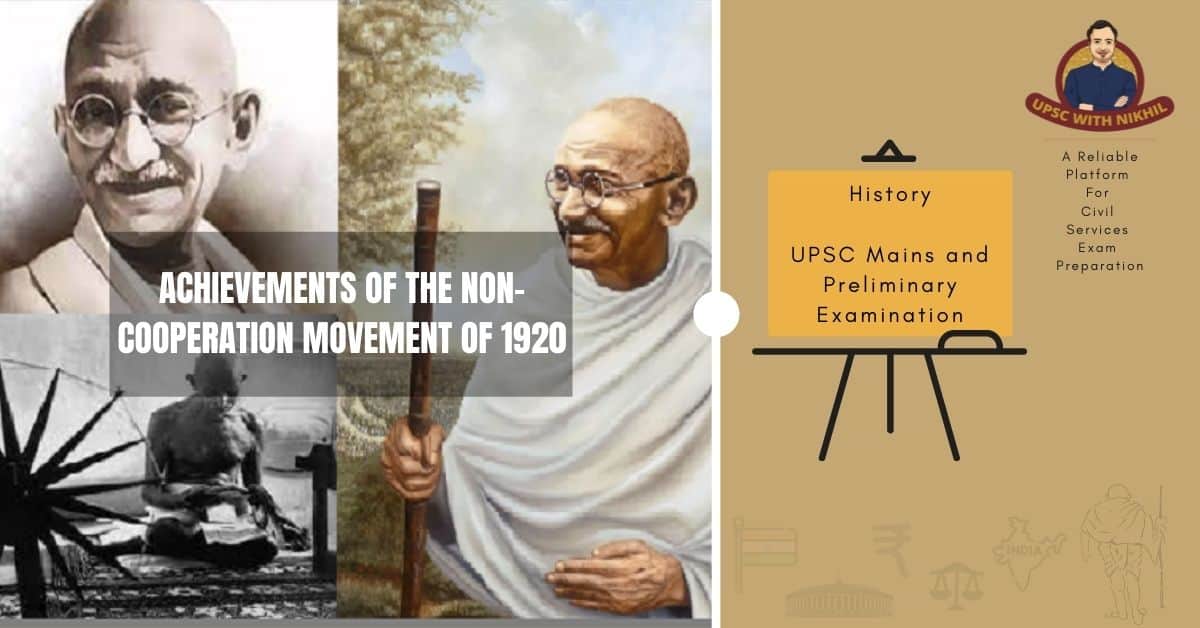Achievements Of The Non-cooperation Movement Of 1920
In many ways, the Non-Cooperation Movement had succeeded. It was clear that it had the support and sympathy of a sizable portion of the Indian population. The charge of representing a "microscopic minority," levelled by Viceroy Dufferin in 1888, could never be levelled against the Indian National Congress again after Non-cooperation. It had demonstrated its reach among many sections of Indian peasants, workers, artisans, shopkeepers, traders, professionals, and white-collar employees. The movement's geographic reach was also national. Some areas were busier than others, but there were only a few that were completely quiet.
• The ability of India's "poor dumb millions" to participate in contemporary nationalist politics was also demonstrated. By their bravery, sacrifice, and fortitude in the face of adversity and repression, they disproved the notion that national liberation was the preserve of the educated and wealthy, and demonstrated that it was a fundamental desire shared by all members of a subject nation.

• They may not have fully grasped all of its implications, comprehended all of the proponents' arguments, or observed all of the discipline that the movement demanded for its success. After all, for many of them, this was their first encounter with the modern world of nationalist politics and nationalism's modern ideology.
• This was the first time that town nationalists, students from schools and colleges, and even the educated and politically aware in the villages attempted to bring the ideology and movement into their midst. Its success was always going to be limited, and the flaws were numerous. Even then, large swaths of the population remained outside the scope of the new awakening.
• The massive participation of Muslims in the movement, as well as the preservation of communal unity despite the Malabar developments, was no small feat. There is little doubt that Muslim participation gave the movement its truly mass character in many areas; in some places, Muslims made up two-thirds of those arrested.
• Unfortunately, once communalism began to take its toll, this most positive aspect of the movement was not to be repeated in later years. In later years, the fraternisation between Hindus and Muslims, Gandhiji and other Congress leaders speaking from mosques, Gandhiji being allowed to address Muslim women's meetings in which he was the only male who was not blindfolded.
• To Montague and Birkenhead's challenge that 'India would not challenge with success the most determined people in the world, who would once again answer the challenge with all the vigour and determination at its command,'
• Gandhi responded in an article published in Young India on February 23, 1922, after the movement's withdrawal: ‘It is high time that the British people were made to realize that the fight that was commenced in 1920 is a fight to the finish, whether it lasts one month or one year or many months or many years and whether the representatives of Britain recant all the indescribable orgies of the Mutiny days with redoubled force or whether they do not.”


